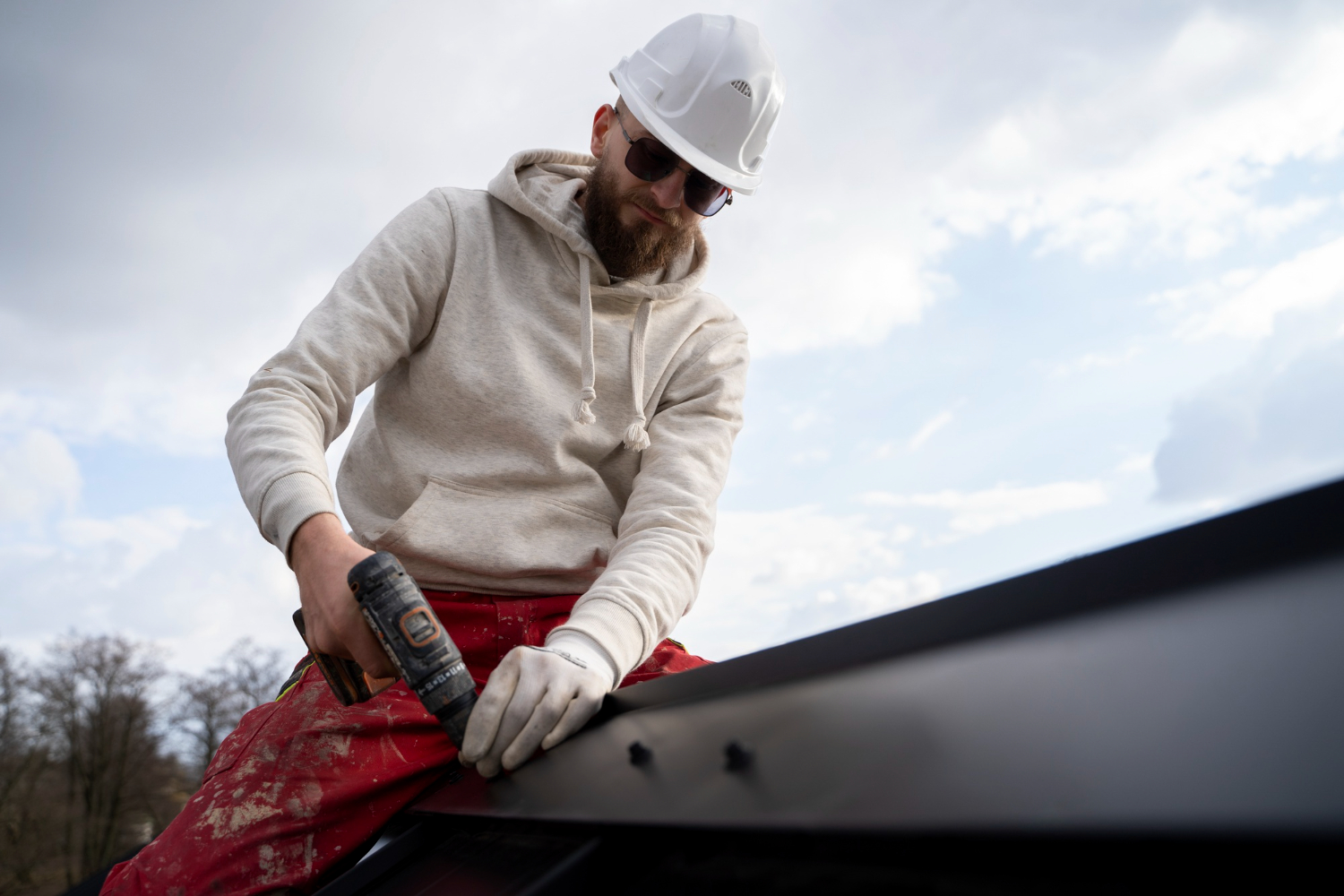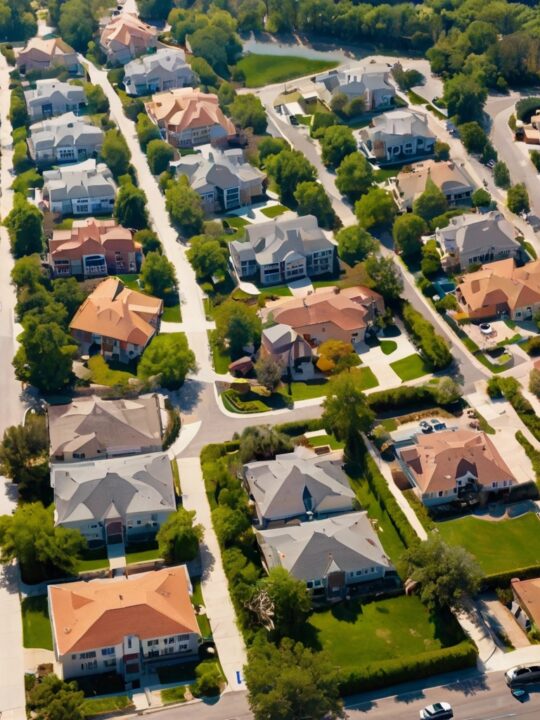Table of Contents
 Key Takeaways
Key Takeaways
- Regular roof maintenance is crucial for extending the life of your roof and enhancing its efficiency.
- Proper inspection and quick repairs can prevent costly long-term damage.
- Professional roof assessments can provide insights that may not be visible to the untrained eye.
- Choosing the right materials and roofing practices helps reduce energy costs and improve home safety.
The Importance of Regular Roof Maintenance
Your roof isn’t just a shield against weather elements; it’s a pivotal aspect of your home’s structural integrity. Consistently maintaining your roof enhances your property’s overall health and value while safeguarding your family and belongings. With preventative maintenance strategies, you can avert common occurrences such as leaks, mold growth, or compromised insulation. These issues, if left unchecked, can escalate into significant safety hazards and financial burdens.
Foreseeing potential problems is part of proficient roof upkeep. Homeowners can ensure proactive care by engaging with expert services like Broken Arrow Roofing. Such services provide professional insight and assure the longevity of your roof through skilled interventions and regular checks.
Neglecting roof care may lead to irreversible damage that demands costly repairs or complete replacement. Routine maintenance helps in early detection and resolution of issues, thereby protecting this vital investment.
Common Signs of Roof Wear and Tear
- Missing or damaged shingles can indicate weather damage or an aging roof, potentially leading to leaks.
- Leaks or water stains on your ceiling are often visible signs of a compromised roof that requires immediate attention.
- Sharp increases in energy bills may hint at heat loss due to poor insulation, which often points back to roof wear.
- Mold or mildew growth can result from moisture infiltration and often signifies a serious breach in the roofing barrier.
Step-by-Step Guide to Roof Inspection
Roof inspection involves a series of steps to identify and address potential issues. The first step is to inspect the home’s interior, paying attention to watermarks, stains, and mold growth. The exterior assessment should also examine for visible damage like missing shingles or loose flashing. Regular debris removal can prevent moisture traps that promote mold and mildew, which can cause health issues if infiltrated indoor spaces. The final step is to check the gutters for granule accumulation from shingles, as excessive amounts can indicate the end of their life cycle. Clear gutters facilitate proper drainage and avoid water stress on the roof edge.
Why Professional Roof Assessments Matter
Beyond self-inspection, bringing in the experts can offer an expansive view of the roof’s health. According to the National Roofing Contractors Association, professionals possess the nuanced understanding and technology to identify underlying issues that might escape an untrained eye. Their guidance can lead to targeted repairs and maintenance strategies, balancing aesthetics with functionality.
Such intervention can prevent minor irritations from becoming destructive complications, safeguarding your home and wallet. Regularly enlisting a professional provides peace of mind, knowing a seasoned expert has validated your roof’s condition.
Choosing the Right Materials for Your Roof
Selecting the right material for your roof encompasses a blend of practicality and style. Your decision should weigh factors, including climate suitability, budget constraints, and design preferences. Materials like asphalt shingles, metal, and clay tiles offer unique benefits. Durable materials can prolong your roof’s life expectancy and reduce overall upkeep costs while enhancing your home’s curb appeal.
Energy-efficient materials provide additional cost benefits by contributing to lower energy bills and environmentally friendly practices. Exploring options that cater to your home’s architecture and local weather conditions ensures optimal performance and satisfaction.
Energy Efficiency and Roofing
Your roof’s contribution to your home’s energy efficiency cannot be understated. Reflective materials, known as cool roofs, capture less heat and maintain a more consistent internal temperature, easing the load on your air conditioning system. According to the U.S. Department of Energy, these practices can yield significant savings during peak summer months.
Moreover, energy-efficient roofing materials often come with rebates or incentives, making them a financially attractive option for many homeowners. Over the long term, an energy-efficient roof can reduce your carbon footprint and deliver noticeable utility savings.
Tips to Extend Roof Lifespan
- Work with professionals for regular maintenance schedules, ensuring prompt attention to minor repairs before they escalate.
- Address minor repairs, such as replacing missing shingles or fixing leaks, immediately to prevent more significant issues.
- Ensure proper ventilation within the attic to control temperature and moisture levels, minimizing strain on the roof.
- Regularly trim tree branches that overhang your roof to prevent physical damage from falling debris and reduce shade-induced moss growth.
Conclusion
Investing in routine roof care is one of the best ways to safeguard your house, improve energy efficiency, and avoid expensive repairs. Homeowners can ensure their roofs last for years by using long-lasting, energy-efficient materials, doing comprehensive inspections, and being aware of the telltale indications of wear and tear. Professional evaluations provide a crucial level of experience, assisting in the early detection and resolution of such problems. Proactive maintenance and well-informed choices are essential for prolonging your roof’s life and enhancing your house’s energy efficiency. Adhering to some crucial guidelines can protect your investment and make your home safer, more functional, and more aesthetically pleasing.







